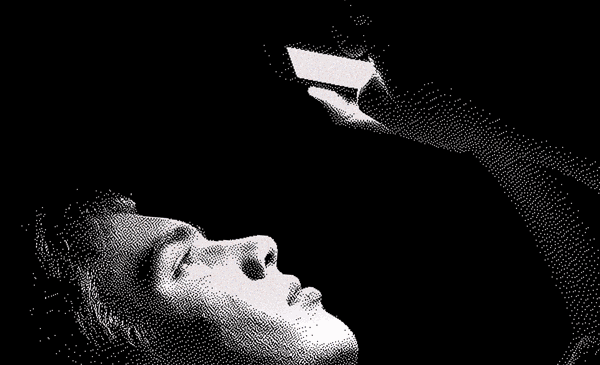The Social Media Dilemma: Is it Destroying a Generation or Just a Scapegoat?
The debate surrounding social media’s impact on adolescent mental health has reached a fever pitch, with experts divided on whether it’s a significant threat or merely a reflection of existing societal issues. Jean Twenge’s 2017 book, iGen, sparked widespread concern by linking the rise of smartphones and social media to increased loneliness, anxiety, and depression among teenagers. Her research, based on datasets like the Monitoring the Future survey, highlighted a decline in traditional social activities and a corresponding surge in mental health struggles coinciding with the advent of the iPhone. This ignited a discussion about the potential harms of social media, with prominent figures like Jonathan Haidt and former US Surgeon General Vivek Murthy echoing Twenge’s concerns. They argue that social media’s curated portrayal of reality, coupled with constant connectivity, exacerbates issues like social comparison and cyberbullying, contributing to a mental health crisis among young people.
Conversely, critics argue that this narrative is a classic moral panic, reminiscent of past anxieties surrounding new technologies like video games, radio, and even books. Researchers such as Pete Etchells and Amy Orben contend that the link between social media and mental health is weak and correlational, not causal. Their analysis of the same datasets used by Twenge reveals that factors like bullying and drug use have a much stronger negative association with mental health than social media use. They highlight methodological issues with many studies, particularly the enormous number of possible analyses that can be performed on large datasets, potentially leading to misleading conclusions. Additionally, they point out that historically, similar concerns have been raised about other innovations, which later became integrated into everyday life without causing generational collapse. They emphasize the need for rigorous research and nuanced discussions rather than alarmist pronouncements.
The heart of the disagreement lies in the interpretation of existing data. While both sides acknowledge a correlation between social media use and mental health outcomes, they differ significantly on its strength and significance. Twenge and Haidt point to a dose-response relationship, suggesting that increased social media use correlates with worsening mental health, particularly among girls. They cite studies showing increased mental health issues after the introduction of high-speed internet in various communities and note that many teens themselves believe social media is a primary driver of mental health challenges. Their research focuses specifically on social media use, particularly among girls, arguing that this group is disproportionately affected by social comparison, beauty filters, and online harassment.
However, critics like Etchells and Orben maintain that the association is weak and easily overshadowed by other factors. They emphasize the limitations of correlational studies, which cannot establish causation. It remains possible that pre-existing mental health issues lead to increased social media use, or that other confounding variables are at play. They caution against drawing sweeping conclusions based on correlational data alone, particularly when the effect size is small. Furthermore, they note that many studies fail to account for variations in how social media is used, overlooking potential positive effects like connecting with friends, accessing support networks, and engaging in creative expression.
The methodological challenges of studying social media’s impact further complicate the debate. The sheer volume of data, the variety of platforms, and the evolving nature of online interactions make it difficult to isolate specific effects. Researchers must grapple with defining and measuring variables like “screen time,” “social media use,” and “mental health,” which can be interpreted in various ways. The lack of standardized measures makes it difficult to compare studies and draw definitive conclusions. Furthermore, the rapid pace of technological change renders some research outdated quickly, making it challenging to keep up with the latest trends and their potential ramifications.
Despite the ongoing disagreement, there is consensus on one crucial point: mental health is a complex issue with no easy solutions. Both proponents and critics of the social media hypothesis agree that multiple factors contribute to adolescent mental well-being, including family dynamics, school environment, and individual predispositions. Rather than focusing solely on the harms of social media, Etchells advocates for a more holistic approach, examining the ecosystem of factors influencing young people’s mental health. He suggests focusing on how social media interacts with pre-existing vulnerabilities and exploring ways to support those most at risk. This perspective acknowledges the complexity of the issue and promotes a more nuanced and constructive dialogue beyond simply demonizing or defending social media.
Finally, the debate underscores the need for further research and more sophisticated methodologies to unravel the complex relationship between social media and mental health. Longitudinal studies that track individuals over time, experimental designs that manipulate social media use, and qualitative research that explores lived experiences are essential for understanding the nuanced interplay of online and offline factors. It is crucial to move beyond simplistic narratives of harm or innocence and embrace a more nuanced understanding of how young people engage with technology. This approach will enable us to develop effective strategies for promoting mental well-being in the digital age, rather than simply resorting to fear-mongering or dismissing legitimate concerns.


